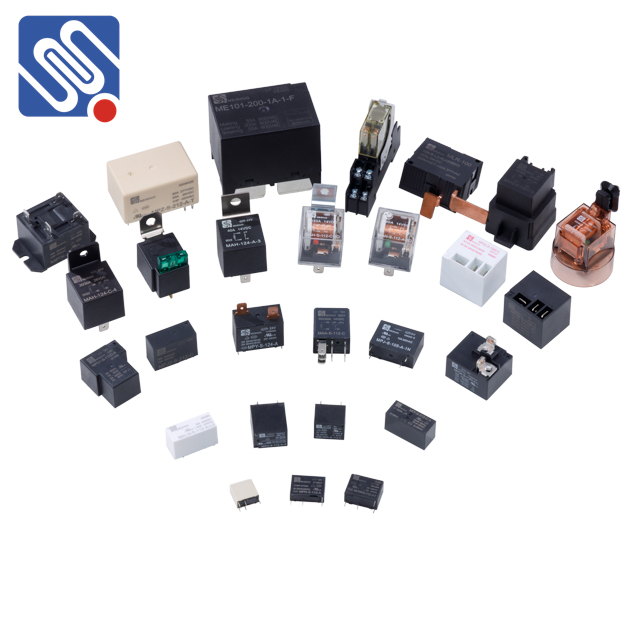Relays are essential components in various electrical and electronic systems. They are used to control the operation of circuits by opening and closing contacts under specific conditions. Relays can be classified into different types based on their functionality, design, and applications. In this article, we will explore the most common relay types, their characteristics, and the roles they play in automation, protection, and control systems.

1. Electromagnetic Relay (EMR) The electromagnetic relay, also known as the conventional relay, is one of the most widely used types. It operates based on an electromagnet that, when energized, pulls a lever or armature to close or open a set of contacts. Electromagnetic relays are highly reliable and are available in a variety of configurations, such as single-pole single-throw (SPST) and double-pole double-throw (DPDT). They are commonly used in low-voltage circuits for tasks like switching devices on or off, including in home appliances, industrial controls, and automotive systems.
2. Solid-State Relay (SSR)